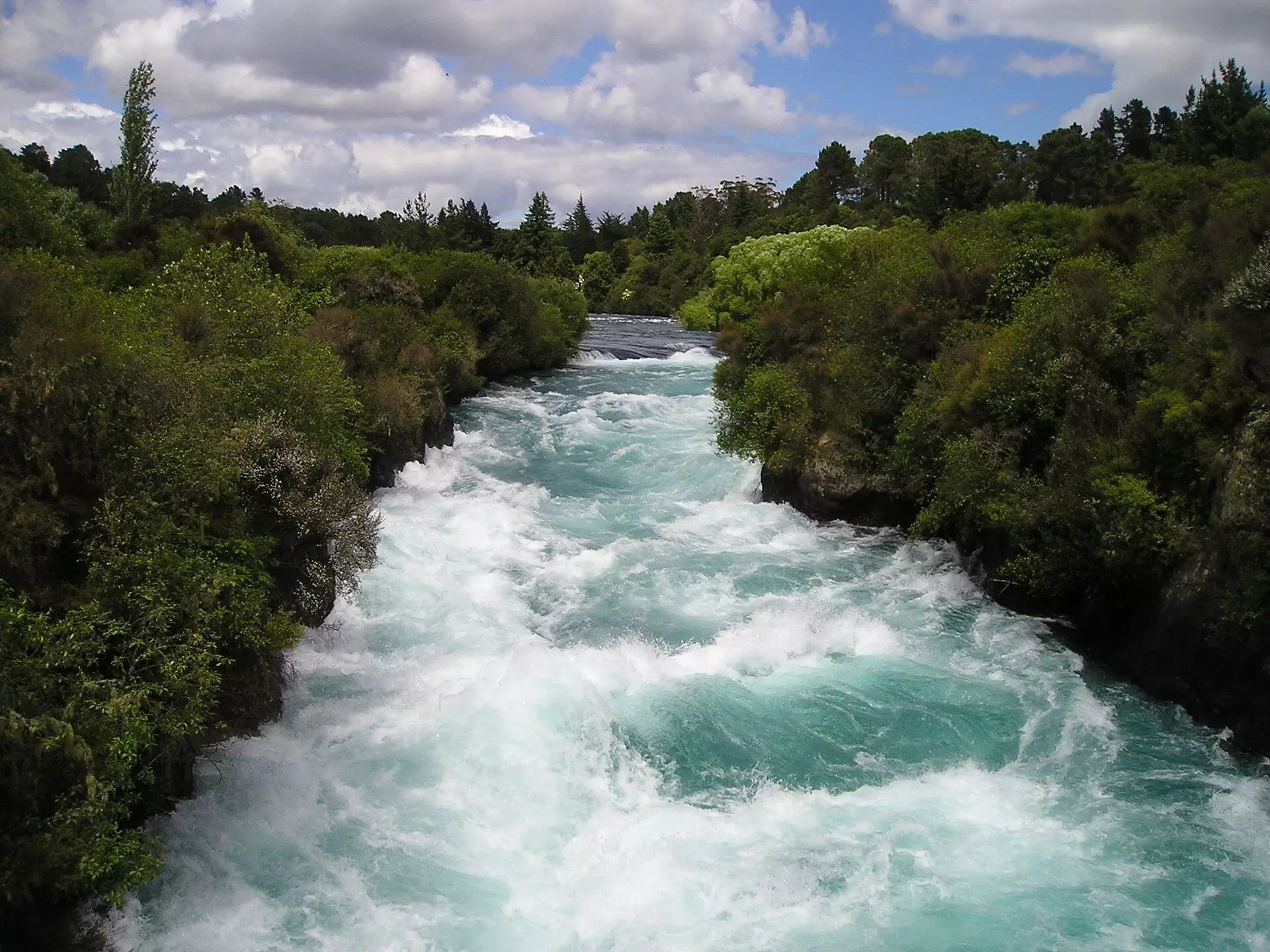The technological wave brought by artificial intelligence is reshaping industries and lifestyles, but it comes with a significant cost: electricity consumption. As organizations increasingly rely on AI systems like ChatGPT for their operations, the demand on the U.S. electrical grid is rising sharply. A single day of operation for a generative AI model can consume as much electricity as 180,000 average American households. This staggering figure highlights an urgent issue that policymakers and energy providers must address to prevent a crisis in our power infrastructure.
Moreover, the training of advanced AI systems, such as GPT-4, requires energy on an utterly monumental scale. Training this model consumed over 50 gigawatt-hours, a staggering quantity that represents not just a fraction of California’s annual electricity output, but also emphasizes the vast energy appetite of AI technologies. As we move toward an increasingly digital and intelligent world, projections suggest that electricity consumption will escalate dramatically, particularly due to the proliferation of AI data centers, federally subsidized manufacturing plants, and the growing popularity of electric vehicles.
The Role of Hydropower in Sustainability
Shon Hiatt, a knowledgeable professor at the USC Marshall School of Business, underscores the potential of hydropower as a cleaner and sustainable energy solution to meet the surging energy demands spurred by AI. Despite the advancements in solar, wind, and other renewable energy sources, hydropower remains an underutilized resource in the United States. Hiatt argues that tapping into this centuries-old energy source could alleviate pressure on the national electrical grids. Existing hydropower facilities could be repowered with modern technology, leveraging infrastructure that is already in place.
According to estimates from the U.S. Department of Energy, up to 10 gigawatts of additional power could be sourced through upgrading existing hydropower installations. By equipping established reservoirs and non-power-producing dams with modern turbines, utilities could unlock new energy without the lengthy timeframe associated with building new energy infrastructure. In fact, the potential for producing energy from existing reservoirs is immense—around 12 gigawatts could easily be tapped if turbines were retrofitted to these sites.
The Limitation of Current Energy Strategies
As the urgency for electric power grows, traditional energy sources such as natural gas, coal, and nuclear will likely play a more pivotal role. These methods are typically seen as stopgap measures, however, and do not align well with a sustainable energy future. Relying more heavily on fossil fuels not only poses environmental risks but also creates further complications in energy markets. The pace with which Big Tech companies have entered the energy sector—illustrated by Amazon’s significant acquisition of a data center linked to an onsite nuclear facility—highlights the desperation of the industry to secure reliable energy sources as demand heightens.
While it’s undeniable that rapid advancements in AI will exacerbate current challenges, there’s potentially a clear pathway forward. Hydropower isn’t simply an alternative; it could be key to meeting AI’s energy demand without compromising environmental integrity. Unlike solar and wind, which require large land areas and are subject to variability due to weather, hydropower can provide consistent baseload energy.
Environmental Considerations and Innovation
A significant advantage of hydropower is its lower environmental impact compared to other forms of energy extraction. For instance, while solar power requires extensive land, and wind energy can be detrimental to wildlife, run-of-the-river hydropower poses minimal ecological disruption. This system is brilliantly efficient—it harnesses the flow of rivers without the need for massive reservoirs, allowing natural ecosystems to thrive while still providing renewable energy.
Yet, despite this promise, solutions like run-of-the-river installations face lengthy regulatory hurdles. The development timeline can stretch for years, hampering our urgent need for sustainable energy solutions in the face of mounting demand from AI technologies. Without timely reforms to streamline permitting processes, it seems probable that natural gas combined cycle facilities will fill the gap—easy to construct and highly efficient—but only temporarily. In the long run, smaller modular nuclear reactors may also emerge as an attractive alternative, although their impact won’t be felt until at least 2030.
The pressing energy needs that accompany AI growth don’t just offer a challenge; they also present an opportunity for groundbreaking advancements in hydropower technology and policy reform. By reframing our energy infrastructure with a focus on renewables—especially hydropower—we can build a sustainable future capable of supporting an increasingly digital world, ensuring that progress in AI doesn’t come at a cost we cannot afford.


Leave a Reply